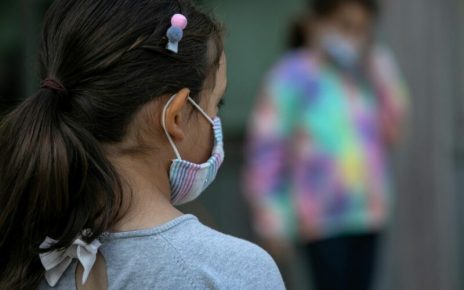
Enlarge / *Glass-breaking noise* (credit: Aurich Lawson)
Back in January, when we attempted to explain the meteoric rise of GameStop’s stock price , all of us wrote a lot of words about the potential role of a short squeeze on what was happening. The theory was that a large number of short sellers were being forced to cover shares they had previously borrowed by buying shares at rising prices, thus helping to drive the price even further upward.
This week, a 45-page report from the Securities and Exchange Commission takes a detailed look at the situation and concludes that while “short sellers covering their positions likely contributed to increases in GME’s price… a short squeeze did not appear to be the main driver of events. ”
The setup
Among the so-called “meme stocks, ” GameStop was particularly susceptible to a short squeeze in January. That’s because the level of “short interest” in the stock—the ratio of borrowed shares to total outstanding shares—spiked to an unprecedented 122. 97% (reborrowed shares essentially count a second time, which can drive the ratio past 100%).





